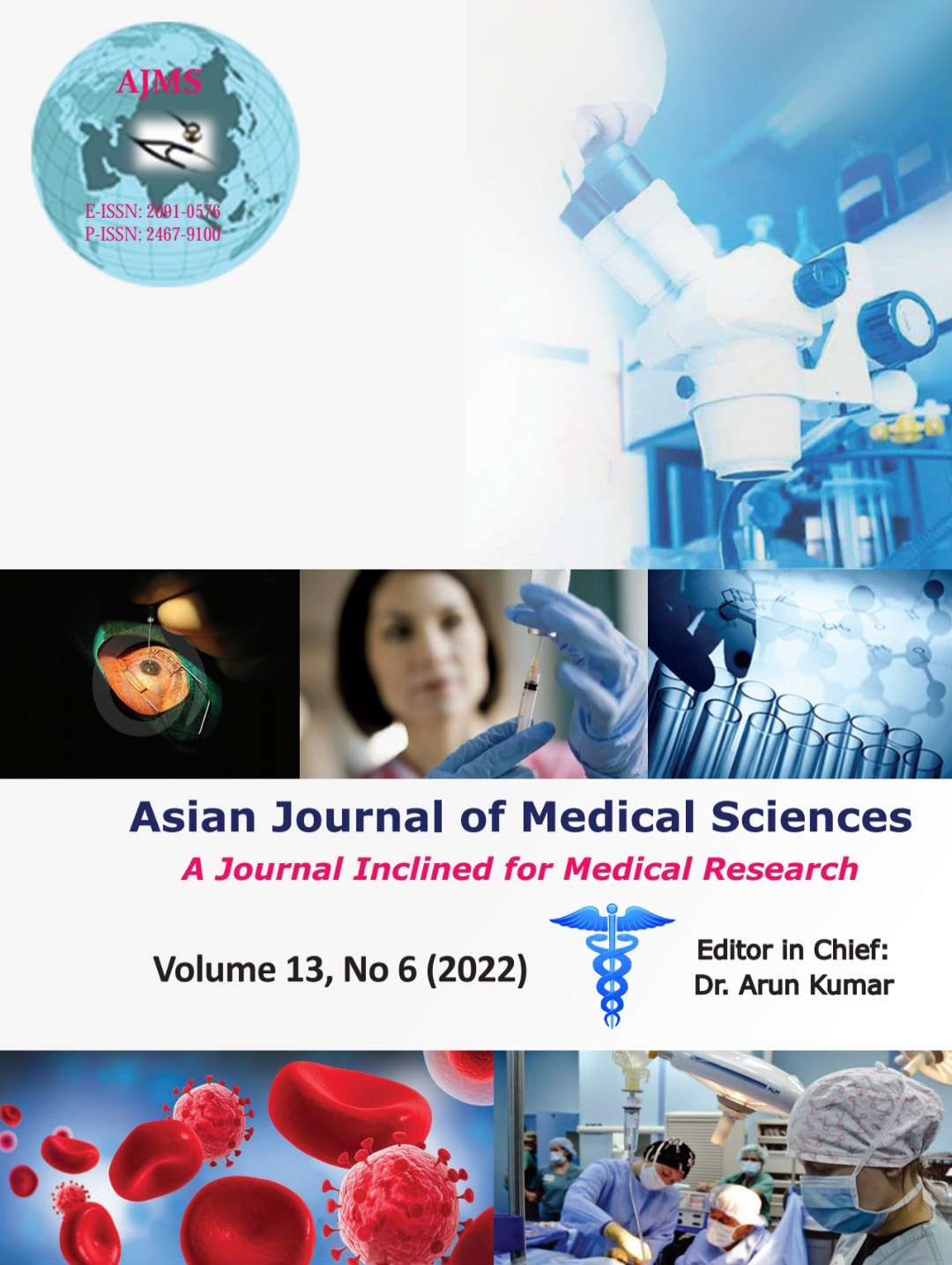Dermatoglyphics - A predictor of disease
Keywords:
Dermal ridges, Dermatoglyphics, FingerprintsAbstract
Dermatoglyphics is the scientific study of the pattern of dermal ridges on the palmar surface of digits, palm and sole. Characteristically, hair does not grow in this area. These ridges serve well to enhance contact. The development of these ridges and the development of the nervous system occur simultaneously in the intrauterine period. The pattern of dermal ridges begins to develop around the 13th week and is completed by the 19th week of intrauterine life. Once the fingerprint pattern develops, it does not change and persists throughout life. Unusual dermatoglyphic patterns often relate to genetic disorders. Dermatoglyphics may be used as an additional screening tool to identify early risk factors that may help prevent additional complications of various diseases. In this review, we will be discussing dermatoglyphics and its important role in the diagnosis of diseases which have some genetic basis.
Downloads
Downloads
Published
How to Cite
Issue
Section
License
Copyright (c) 2022 Asian Journal of Medical Sciences

This work is licensed under a Creative Commons Attribution-NonCommercial 4.0 International License.
Authors who publish with this journal agree to the following terms:
- The journal holds copyright and publishes the work under a Creative Commons CC-BY-NC license that permits use, distribution and reprduction in any medium, provided the original work is properly cited and is not used for commercial purposes. The journal should be recognised as the original publisher of this work.
- Authors are able to enter into separate, additional contractual arrangements for the non-exclusive distribution of the journal's published version of the work (e.g., post it to an institutional repository or publish it in a book), with an acknowledgement of its initial publication in this journal.
- Authors are permitted and encouraged to post their work online (e.g., in institutional repositories or on their website) prior to and during the submission process, as it can lead to productive exchanges, as well as earlier and greater citation of published work (See The Effect of Open Access).




